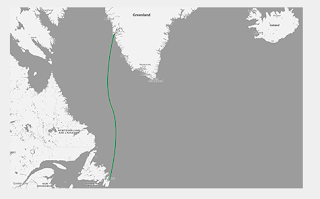A new GSMA Post-Quantum Telco Network Taskforce has been established with a mission to help define policy, regulation and operator business processes for the enhanced protection of telecommunications in a future of advanced quantum computing. Organizers believe that without quantum-safe controls in place, sensitive information such as confidential business information and consumer data could be at risk from attackers who harvest present-day data for later decryption.
IBM and Vodafone are initial members.
“The GSMA Taskforce’s goal is to bring together leading global communication services providers with experts from IBM, Vodafone and other operators and ecosystem partners to understand and implement quantum-safe technology. By working together to establish consistent policies, we can define quantum-safe approaches that protect critical infrastructure and customer data, complementing our ongoing security efforts to increase resiliency in future networks,” said Alex Sinclair, the GSMA’s Chief Technology Officer.
To address the challenges presented by emerging quantum technology, the U.S. National Institute of Standards and Technology (NIST) announced in July 2022 that it had chosen the first four post-quantum cryptography algorithms to be standardised for cybersecurity in the quantum computing era. These algorithms are designed to rely on the computational difficulty of problems from the mathematical areas of lattices, isogenies, hash functions and multivariate equations — and protect today’s systems and data from future quantum computers.
IBM, a leader in cryptography and pioneer in quantum technology – with the world’s largest fleet of cloud-accessible quantum computers – contributed to the development of three of NIST’s four chosen post-quantum algorithms.
IQM and QphoX to develop optical interface for quantum computers




















